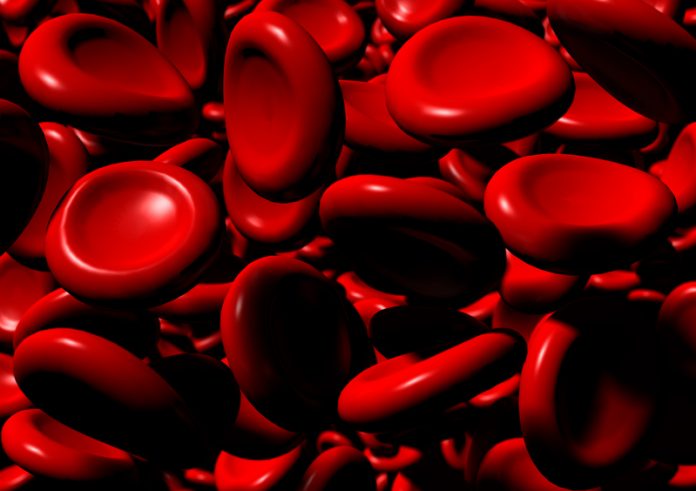Grazina Berry from Aplastic Anaemia Trust explains why research into aplastic anaemia (AA) is so important
The Aplastic Anaemia Trust (AAT) launched its new research strategy in April 2018 inviting prospective applicants to come forward with proposals for truly translational research into aplastic anaemia (AA) and allied rare bone marrow failures. By opening up the gate for research proposals, we’re hoping to get closer to the eradication of this rare yet devastating disease.
Why is research into a rare bone marrow failure, such as aplastic anaemia, so important? It’s vital for two key reasons:
- Research will enable a better understanding of what fails in our immune system thus causing it to attack the bone marrow and destroy the vital stem cells.
- Genetic analysis will enable the identification of faulty genes that may cause aplastic anaemia in later life. This will lead to better treatments, including preventive ones.
In recent years, the AAT has funded ground-breaking clinical research into acquired aplastic anaemia at King’s College Hospital, enabling to predict responses to treatment, published in Blood 2016.
We have provided funds for a clinical nurse specialist at King’s, to coordinate vital care and enable patients to participate in clinical trials with nearly 400 patients supported.
We funded the establishment of aplastic anaemia and bone marrow failures registry, enabling the study of epidemiology and planning services for the future. Nearly 500 patients have been recruited, with different types of bone marrow failure, of whom 43% have acquired aplastic anaemia and with 110 people diagnosed with either severe or very severe aplastic anaemia. A break-through finding emerged of higher than the expected incidence of inherited aplastic anaemia. This study has enabled a joined project with the National Institute of Health (NIH), USA, to produce the largest study of inherited heterozygous RTEL1 mutations in patients with aplastic anaemia and myelo-dysplastic syndrome (MDS), published in Blood Advances, in 2017. We were the first to show an association between acquired somatic mutations in aplastic anaemia and risk of later developing MDS – reported in the Blood Journal, 2014.
Thanks in large part to the effort of the AAT, survival rates have vastly improved and currently stand at around 80%. We recognise that more remains to be done to ensure that everyone affected, whether adult or child, survives the effects of the devastating disease and can lead healthy and fulfilling lives.
Today, more than ever, we are committed to enabling research in the areas that will lead to improved treatments for all patients affected, a better understanding of aplastic anaemia and allied rare bone marrow failures, and ultimately finding a cure.
Grazina Berry
CEO
Aplastic Anaemia Trust
Tel: +44 (0)7748 186 858











